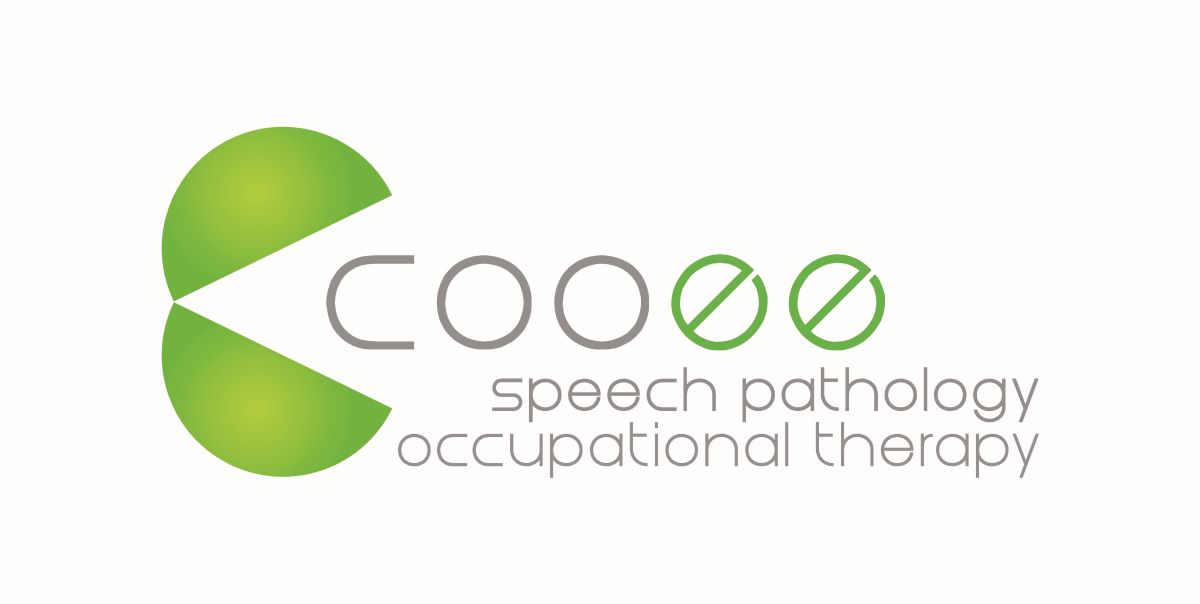Communication at Kindy – What skills do our children need?
A common question our Alderley based North Brisbane Speech Pathologists are asked is,
“How do I know if my child is ready for kindy?”
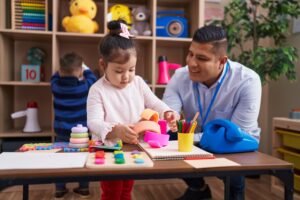
Let’s start with the specific details first:
A ‘kindy’ child is considered to be a child who has turned 4 before June 30, in the year they begin the program (Qld Government, 2021). Those who turn 4 after this date will attend the following year. See this Queensland Government website for further information.
With this in mind, the information below is really focused on how communication can look – for four year olds!
Now, let’s discuss the communication specific information.
Children learn best to communicate through meaningful interactions with carers, early childhood educators, their peers and their families. This is usually in play, everyday routines (e.g. meal times, dressing, bath time) and activities like book reading and craft.
Experiences like going to the museum, going to the zoo or going shopping can also be valuable communication learning contexts.
But what skills does my child need to participate meaningfully in kindy?
Speech Pathology Australia has created key resources to help you know if your child is on track for their age. This link will take you to the SPA website, where you can access information on communication skills, at different ages.
Remember, these are guides. There is an expected window of variance or a time frame during which it’s common for children to reach certain communication milestones. Every child is unique, so they might hit these milestones at different times, but there’s usually a general range when most kids reach them. If you have concerns, consider contacting a Speech Pathologist for more information.
As a quick reference…
Generally by age 4 children can: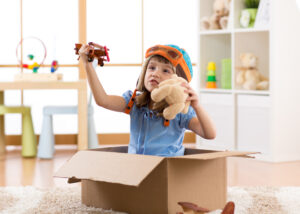
- Answer questions about daily tasks and ‘the here and now’ – ie. what is happening in the moment, but not what has happened in the past or will happen in the future
- Understand most ‘wh’ questions (i.e. ‘what’, ‘who’, ‘where’, ‘when’). ‘How’ and ‘why’ questions may still need support.
- Answer questions about a story they have heard
- Understand some numbers
- Begin to understand some letter sounds and that words can start or end with the same sounds
- Use words such as ‘and’, ‘but’ and ‘because’ to make longer sentences
- Describe recent events and routines
- Ask a lot of questions
- Use pronouns such as ‘he’, ‘she’, ‘me’, ‘you’ and negations such as ‘don’t’, ‘can’t’
- Count to five and name a few colours
- Have a conversation, and participate somewhat on topic for a few turns
- Talk about something that has happened in the past and share a personal narrative.
A Personal narrative?
What is this and why is it important?
Preece (1987), states; “Children tell each other many forms of narrative … but more than half of their conversational narratives concern real personal experiences”.
Personal narratives are the stories that children share about an experience they have had – for example, going to a birthday party, going to the zoo, going to the beach etc.
Personal narratives are therefore essential to all social interactions. They form the basis of all communication.
Personal Narrative skills refers to the ability to share a story or event that occurred to others. These are skills that are important for school, work and home.
Personal narratives are used functionally multiple times in everyday life. These skills play a critical role in the development of discourse (connected language), literacy and socialisation.
Building social connections and developing and maintaining friendships is an important part of both childhood and adulthood.
If a child has difficulty with personal narrative retells it may impact their ability to connect and share with their peers.
Children use personal narrative skills when they: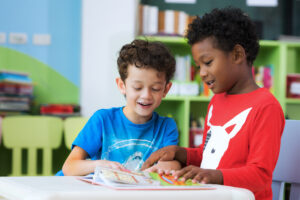
- Want to share something that has happened,
- Are in conversation
- Are in play
- Want to share about something that is going to happen
- Want to talk about something that happened at kindy!
How can you practice Personal Narrative skills at home?
- Use visuals to discuss one or two events that have happened recently, or that your child can remember vividly (special events). You can use a piece of paper or a whiteboard – whatever you have on hand, to draw the story out
- Use who, what, when, where, why and how questions to help your child ‘build’ their story.
- Ask your child about what they were thinking & how they felt. If it’s hard – give them examples of what you might have done in the same situation.
- Don’t evaluate or correct your child’s story – ‘pull’ the story out with open ended questions or comments. Children will share more when they feel supported, listened to and like you are really interested!
- After the story – retell it yourself to them to check for understanding. You can use something like “So what I heard you tell me was….”
If you have concerns about your child’s communication skills or personal narrative use…
Speech Pathologist’s can assess your child’s strengths and weaknesses in terms of their expressive and receptive language skills. Functional language skills, such as constructing a personal narrative, can also be assessed to determine age appropriateness. Therapy to develop narrative and expressive language skills, as well as social communication, supports the development of personal narrative skills.
Children should see a speech pathologist early if there are concerns surrounding their ability to share stories from their day. If you have any concerns about your child’s personal narrative development, please contact us at [email protected] or on 3265 4495.
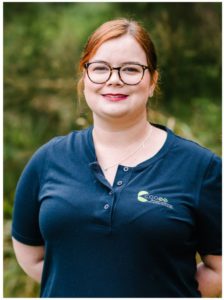
Emma Lefever
Speech Pathologist & Clinical Lead
References:
Queensland Government, (2021, March 14) Kindy-age requirements, https://www.qld.gov.au/education/earlychildhood/programs/age (accessed March 27, 2024)
Speech Pathology Australia, (2023, August 11), Communication Milestones, https://www.speechpathologyaustralia.org.au/Public/Public/Comm-swallow/Speech-development/Communication-milestones.aspx (accessed March 27, 2024).
Preece, A. (1987). The range of narrative forms conversationally produced by young children. Journal of Child Language, 14(2), 353–373. https://doi.org/10.1017/S0305000900012976
